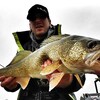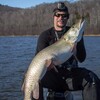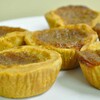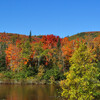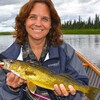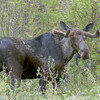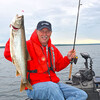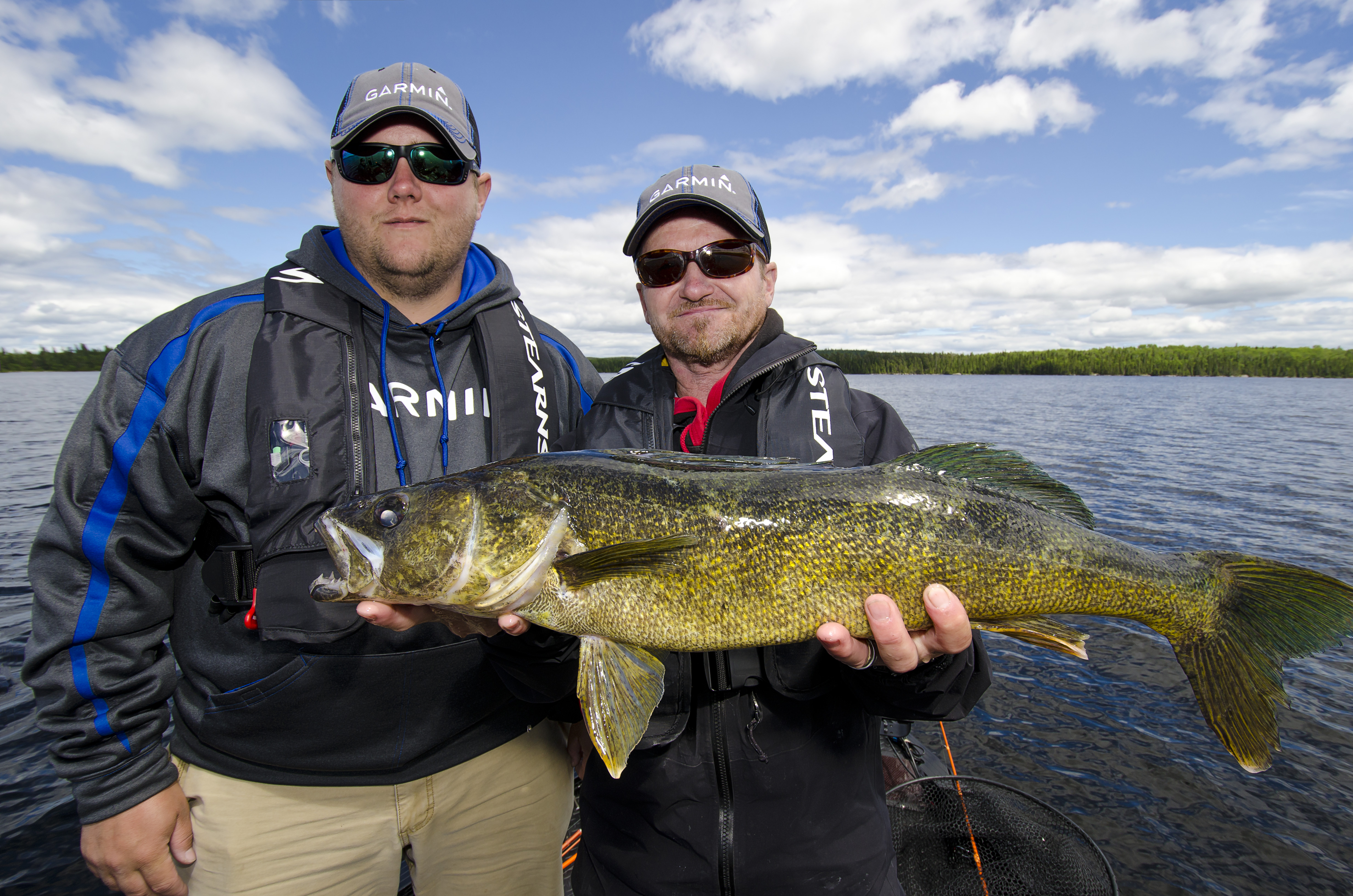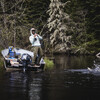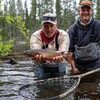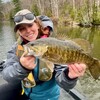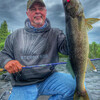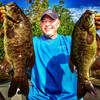
Getting the Most From Trout Spinners
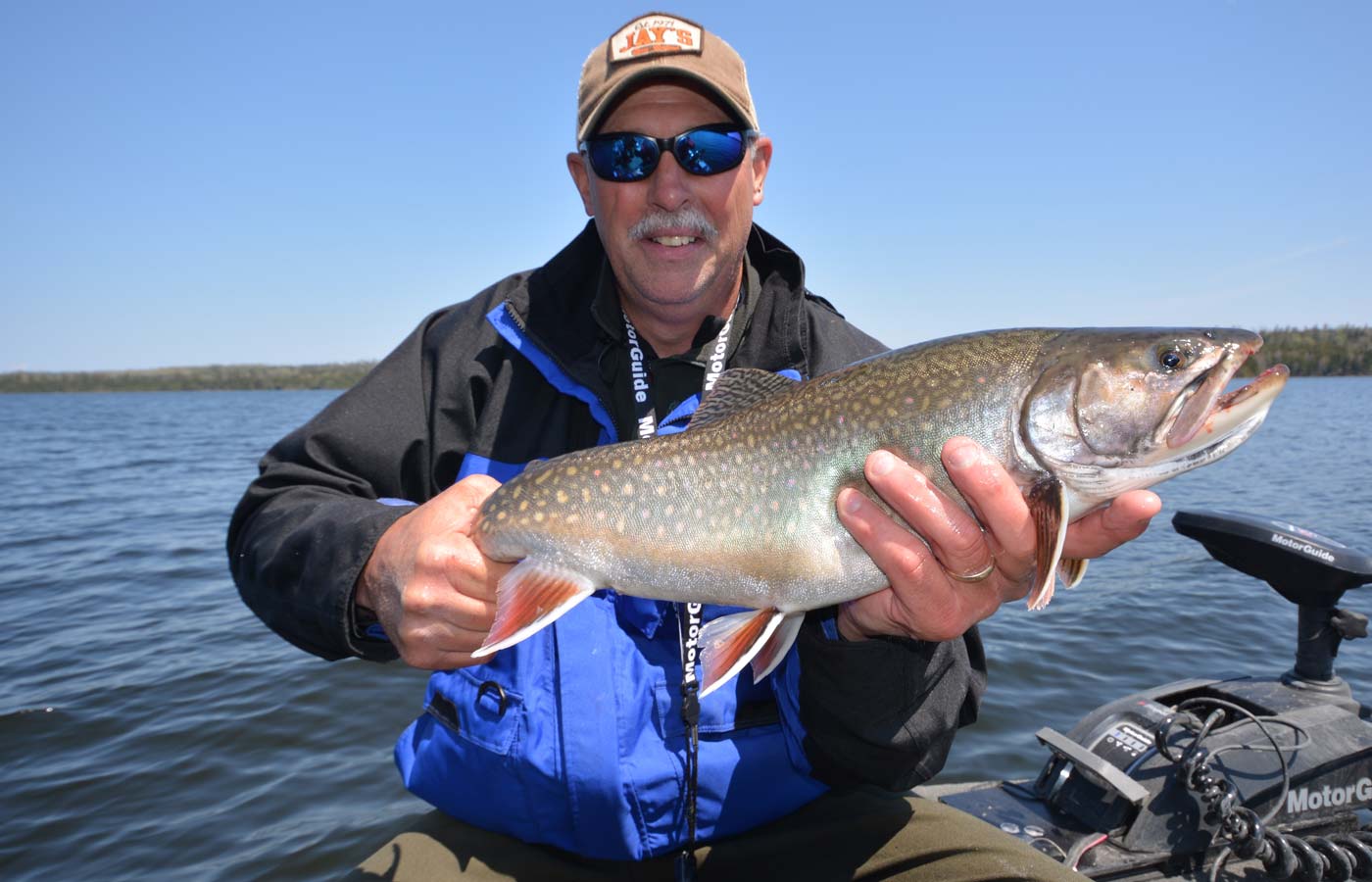
Among those who covet trout fishing, most anglers agree that the in-line spinner is the "go-to" bait for catching trout of all sizes and varieties. While the fly fishermen among us might put up a good argument that the Muddler Minnow is the most popular fly of all time, even the mighty Muddler Minnow hasn't produced as many trout as popular spinners like the Yakima Rooster Tail, Mepps Aglia, and Panther Martin.
Trout spinners bring to the table the unique combination of flash, vibration, and a pulsating hackle that trumps just about any other lure type. Even better, spinners are easy to fish; they cast like a bullet, and these lures are productive in large rivers, small streams, beaver ponds, and natural lakes. About the only time a spinner won't catch trout is when its owner leaves it in the tackle box in favour of some other Johnny-come-lately lure.
Understanding Spinner Design
Spinners are produced using a wide variety of blade types, but the most popular among trout anglers are willow leaf, French blades, and center spin blades. Of these three blade designs, the willow leaf blade must be retrieved a little faster to get the blade rotating properly. Willow leaf spinners like the famous original Rooster Tail function best when fished at a moderate to fast retrieve speed or when fished in flowing water.
French blade spinners like the Mepps Aglia and Sonic Rooster Tail are the middle of the road when it comes to spinner fishing. The wider "French" style blade spins at slower retrieve speeds than the willow leaf blade. The ability to fish these spinners slower means that French blade spinners are a good choice for moderate retrieve rates and also for fishing a little deeper in the water column.
Center spin style blades like the Panther Martin and Yakima Vibric Rooster Tail don't use a clevis, but instead, the shaft of the spinner passes through the center of the blade. This unique design enables the blade to spin at amazingly slow retrieve speeds. Spinners that feature center spin blades are deadly for fishing in cold water when ultra-slow retrieve speeds are needed to trigger strikes.
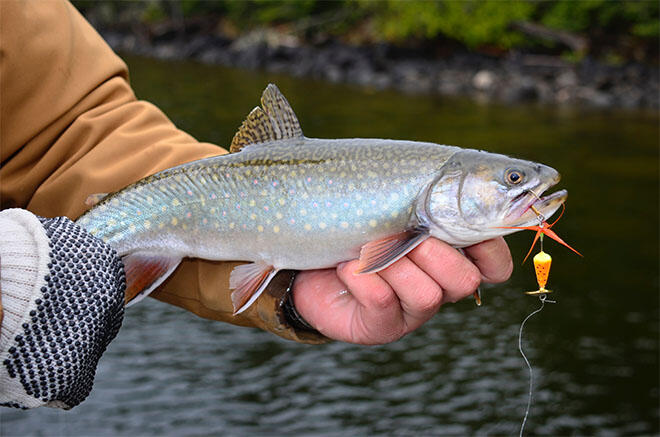
Some Not-So-Obvious Lures
Most trout spinners are made by twisting a wire shaft to secure a treble hook on one end, a machined brass weight in the middle, and a clevis and blade at the other end. Because the blade on a spinner rotates, the entire spinner tends to slowly rotate in the water when retrieved. Over time this slow rotation can lead to some pretty nasty line-twisting issues. Most manufacturers of spinners recommend using a small ball-bearing swivel at the terminal end of the fishing line to eliminate this problem.
Another rigging option is to tie in-line a small barrel swivel and use a short 12- to 18-inch leader of fluorocarbon line to secure the spinner at the terminal end.
Spinners like the Yakima Vibric Rooster Tail feature an offset bodyweight that functions as a keel and keeps the spinner from rotating in the water. The Vibric also features the center spin style blade that rotates at the slowest retrieve speeds, making this spinner among the most versatile.
Tipping Helps
Spinners are pretty deadly all on their own, but tipping a spinner with a small piece of nightcrawler or a chunk of scented soft plastic like the Berkley Trout Worm often makes a profound difference in fishing success. Trout tend to follow spinners with their nose right on the bait, but at the last second, they dart away. Tipping will often trigger strikes from those reluctant biters.
Long Retrieves Are Best
Most trout waters feature clear water and spooky fish. Making a long cast is one of the best ways to trigger strikes from fish that have not detected anything unnatural in their environment. Longer "steelhead" style rods make great rods for casting spinners because the extra rod length delivers maximum casting distance.

Light Line Helps
Casting trout spinners is a job for light line and, also monofilament line. For most casting applications, monofilament in the 4-, 6- or 8-pound test class is going to be the best choice for trout fishing.
A light line is important, but the fishing line used for trout fishing also needs to be exceptionally tough. Trout are typically found tight to boulders, sunken wood, and other snags that tear up fishing line. Ask any dedicated trout fisherman his favourite line, and chances are he will answer Maxima Ultra Green. This amazing abrasion-resistant monofilament line is also nearly invisible in water, making it the "go-to" choice of trout fishermen everywhere.
Summing It Up
Trout spinners are one of those lures that anyone can fish effectively. The simple strategy of casting them out and reeling them in has produced countless trout for anglers, young and old. The most important thing to keep in mind about trout spinners is that they can't catch fish if you leave them in the tackle box.
Recommended Articles

The Group of Seven in Algoma

9 Facts to Know about the Agawa Canyon Tour Train


